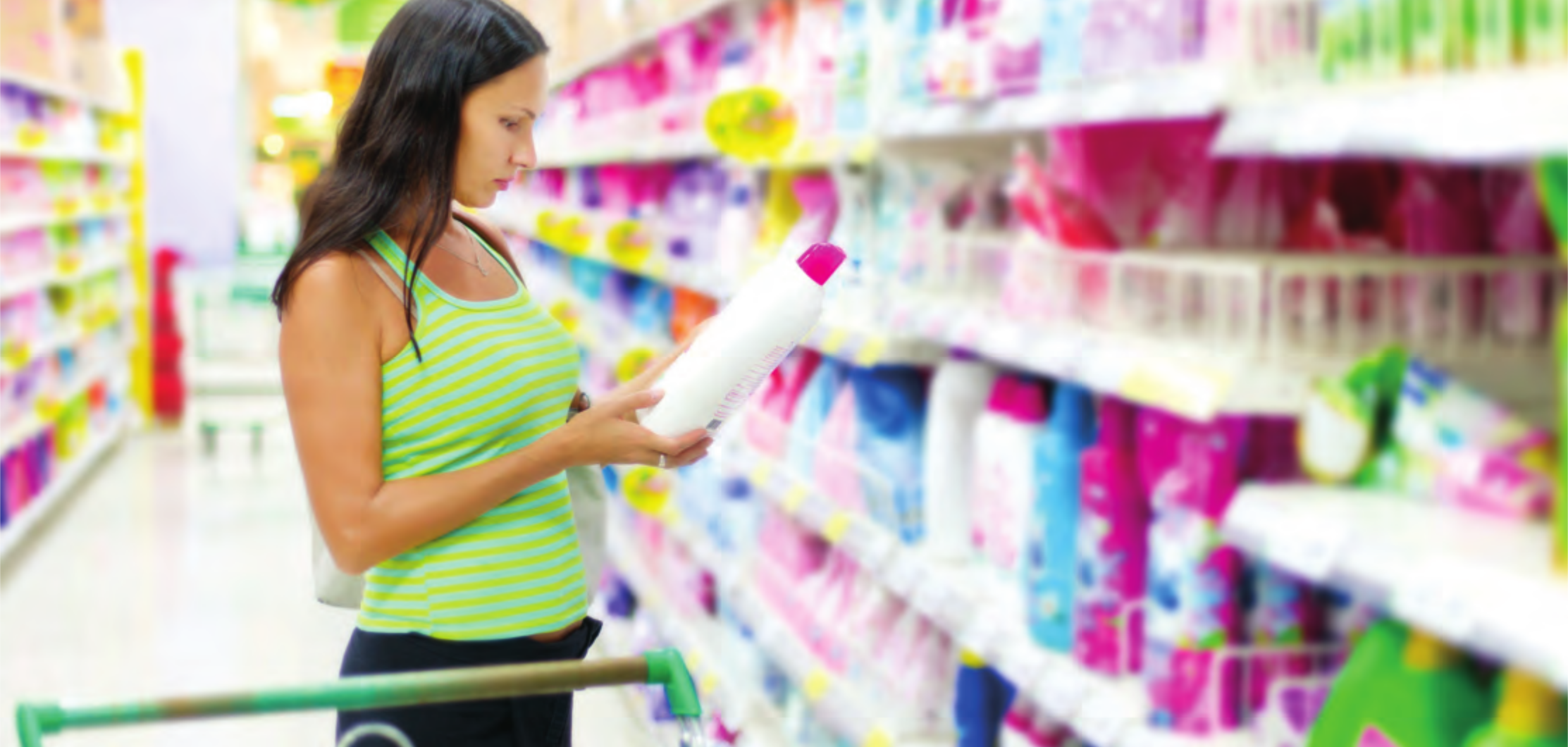The inevitable road to full ingredient disclosure
It’s been over thirty years since the US Community Right to Know Act was passed in 1986. At the time the idea that companies would publically report their emissions of toxic chemicals to a Toxics Release Inventory seemed far-reaching yet corporations now know this is part of doing business. Touting the success of TRI chemical reporting, EPA Administrator Gina McCarthy proclaimed “People deserve to know what toxic chemicals are being used and released in their backyards, and what companies are doing to prevent pollution. By making that information easily accessible through online tools, maps, and reports, TRI is helping protect our health and environment.”
Fast forward to 2017 and disclosure is growing from chemical emissions reporting to include chemical ingredient reporting. Sustainable business news is awash with articles on company transparency, ingredient disclosure and new tools that track materials from source to product.
According to the Harvard Business Review, winning in the ‘age of radical transparency’ will bring great marketing opportunities for companies as consumers demand more information about the products they are buying. In a consumer survey sponsored by major chemical and formulated product companies, including DuPont and SC Johnson, 84% of respondents from developed countries and 88% of respondents from developing countries listed ingredient transparency as one of the most important issues companies should solve.
Of course getting full disclosure from the supply chain can be hard work but the cost of not doing so can be formidable. Our multi-group project investigating the use of Bisphenol-A (BPA), a highly hazardous hormone disruptor, in food can lining materials discovered that most brands did not demand, or could not get, comprehensive disclosure from their can suppliers about the identity and chemical hazards of their can lining materials. But not knowing what’s in your products is a growing business liability. Take the case of Sigg USA who had to file for bankruptcy in 2011 with $13 million in liabilities when their claims of BPA-free bottles were found untrue, generating consumer anger and a quick response from retailers who pulled their products off their shelves.
Company leaders understand the value of knowing all the chemicals in their products. Seagate, the world’s largest disk drive manufacturer, requires full disclosure of all chemicals in all components from their global supply chain and by doing so have been rewarded with reduced costs by ‘staying ahead of the regulatory curve’. When new chemical concerns or draft regulations come up, the company has full information at their fingertips to proactively respond. Business to business company procurement specifications are increasingly demanding full chemical ingredient disclosure through tools like the WERCS and UL Purview. Kaiser Permanente, the largest non-profit healthcare system in the US with a $64.6 billion operating revenue requires full ingredient disclosure from their suppliers – transparency is simply part of doing business.
The business case for knowing the chemicals in your products has now evolved to the business case for becoming publicly accountable. Calls for more public transparency about a company’s chemicals policy and product ingredients will only continue to grow and company executives must take note. The Mind the Store campaign’s 2017 retailer report card evaluated companies across 13 categories of criteria, including both business to business transparency as well as consumer transparency. Results from the 2015 Chemical Footprint Project survey of companies’ chemical management systems report that most companies are not disclosing the actual extent of their internal chemical policies. For example, while 79% of companies surveyed had an internal Restricted Substances List, only 17% of them made this public. In this ‘age of radical transparency’ there are multiple benefits in being more transparent. Of course, company leaders, particularly in the beauty and personal care sector, understand this already.
A 2015 Harris poll found that 60% of women in the US report that they read labels on personal care products and avoid products that contain certain chemicals. In response, some retailers and brands are demanding full ingredient disclosure, including fragrance formulations, from their suppliers. Health concern around the thousands of chemicals used in ‘fragrances’ have trumped traditional claims of confidentiality and some formulators, retailers and brands are now disclosing ingredients on their product labels and company websites. Seventh Generation has been a leader in chemical transparency and others are now following suit including Reckitt Benckiser, Clorox, SC Johnson & Son and Unilever US. The retailer Target, has announced it will push for suppliers to disclose all ingredients in beauty, baby, personal care and household cleaning goods by 2020.
As calls for ingredient transparency grow, and new regulations on chemical disclosure are proposed and implemented, retailers and other business leaders and laggards will be differentiated and consumers and investors will take note. Even better, we will see increasing innovation in healthier and safer chemical formulations for products on the shelves and in our homes.




